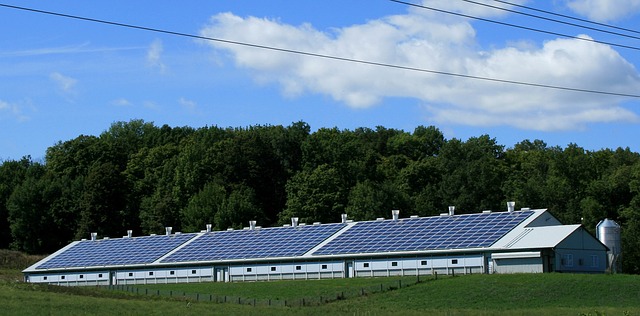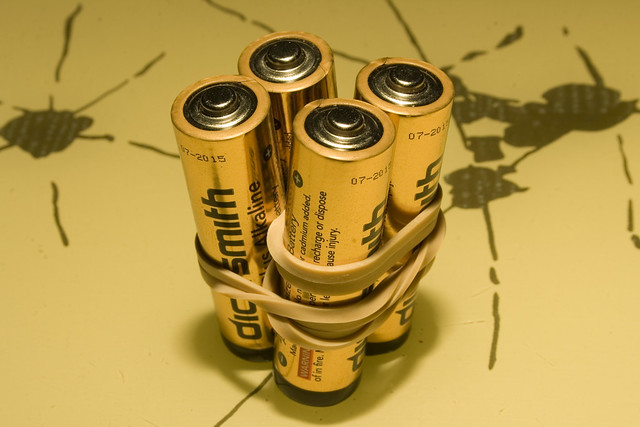How are Lithium Batteries Made-Production and Environmental Cost
APR 22, 2020 Pageview:812
Lithium batteries are currently among the most used batteries in mobile electronics and electric vehicles. There are several reasons why these batteries are used over other battery technologies. For instance, in mobile electronics devices, Lithium-ion batteries are used because of their lightness and high energy density.
The first proposal for making lithium batteries was made in the 1970s and then later in the early 1990s, Sony commercial produced the first lithium batteries to be sold on the market. Since then, the growth in the usage of these batteries has been on a raise. In this article, we are going to share with you how these batteries are made and their impact on the environment.
Lithium batteries are comprised of four major components that include the following;
1.The cathode; The cathode is the positive electrode and is the source of the lithium ions. The number of active ions on the cathode are what determines the battery capacity and its voltage
2.Anode: This is the negative electrode and it is where the lithium ions are stored when the battery is charged.
3.Electrolyte: This is the liquid that acts as the transmission medium for the lithium ions to move between the cathode and anode
4.Separator: The separate is the physical material that separates the cathode from the anode to ensure they keep apart.
Where does lithium used in batteries come from?
One of the major materials used in Lithium batteries is Lithium. It is actually the reason these batteries are given the name lithium batteries. Most of the Lithium that has been discovered is found in South America in countries like Chile, Bolivia, Argentina. There are also other countries that have Lithium in small quantities. These include the USA, China, Zimbabwe, Portugal, Brazil, etc.
This Lithium is in most cases found in briny underground ponds. The liquid in these ponds is then pumped out and put on the ground to dry and form Lithium Carbonate alongside other metal compounds. Later the lithium carbonate is processed to form pure lithium metal that is used to make batteries.
How are lithium batteries produced?
Here are the procedures involved in making Lithium batteries
1.Making the two electrodes
The first stage in the process of manufacturing lithium batteries is making the cathode (positive electrode) and the anode (negative electrode). The process of making the two electrodes is the same. The difference is in the materials used to make each of them. The Anode is made by coating carbon powder onto a copper metal foil.
On the other hand, the cathode is made by coating Lithium metal oxide powder onto an Aluminum metal foil. Both the carbon and Lithium metal oxide powders are mixed with a conductive binder to form slurry before they are spread onto the metal foils to form the coating needed. The thickness of the coating on the anode and cathode are both made in way that ensures the same amount of energy per unit area can be stored on both electrodes.
After coating the foils of the anode and cathode with the slurry powder, they are dried using a machine(oven) with regulated temperature. After drying, the coated foils are then cut into a size that can fit in the battery casing.
2.Assembling and packing
Now that the cathode and anode are ready, the next step is assembling them together with the separator. The two electrodes are put at a given distance apart, and then a separator that is often made out of polyolefin is placed in the middle. The separator is also cut to the same shape and size as the anode and the cathode.
With the separator in between the anode and cathode, the next step is connecting the electrodes to their respective terminals. The subassembly of the two electrodes and the separator is then placed in a can but leaving the provision for injecting the electrolyte. The can is then sealed by leaser welding or heating.
The next step is injecting the electrolyte into the battery. The commonly used electrolyte for lithium batteries is Lithium Hexafluoride (LiPF6). The process of injecting the electrolyte into the battery must be done in a dry room to avoid the electrolyte mixing up with water. This is because the electrolytes react with water to form toxic hydrofluoric acids that are dangerous
When the electrolyte has been injected and the battery sealed, the next thing is branding the battery. Branding of the battery includes adding the name of the manufacturing company, key safety tips and the key specifications of the battery if necessary. Most of the above processes used in making these batteries are automated for most companies. However, for some smaller companies, some of the processes are done manually.
3.What is the environmental cost of lithium batteries?
The process of extracting lithium from the earth and processing it into pure lithium has a lot of environmental impacts. One of the problems is that this process takes a lot of water. Studies show that it requires about 500,000 gallons of water to extract a tone of lithium. This may create water scarcity in other sectors like agriculture and domestic use especially in areas like Chile that are very dry yet they have most of the Lithium in the world.
Another problem caused during the process is when some of the chemicals leak into the main water stream. These chemicals are dangerous to aquatic life and animals that feed on this contaminated water. There have actually been a lot of clashes between the local communities and the Lithium extracting companies over the issue of contaminating the water stream that has led to death of fish and animals that drink the contaminated water.
Conclusion
Lithium batteries have been a game changer in the mobile electronics industry and electric vehicles. They have made it possible to store more energy per unit volume than in other battery technologies. Lithium metal is the main component used in these batteries and is mined form earth.
The processes involved in getting this Lithium have a couple of environmental costs and have led to some people arguing that the benefits of this technology are not worth the environmental costs. However, companies that extract this metal are ever devising means of reducing the negative impacts their processes create on the environment.
Leave Message
Hottest Categories
-
Hottest Industry News
-
Latest Industry News












